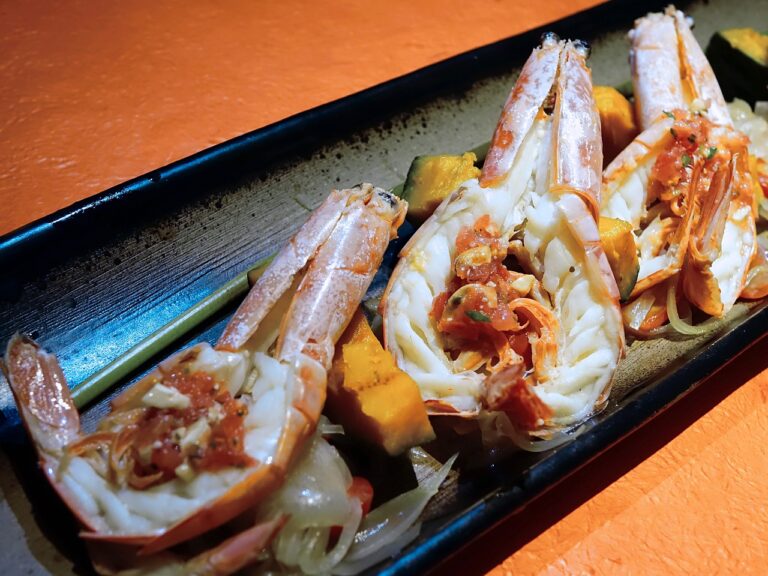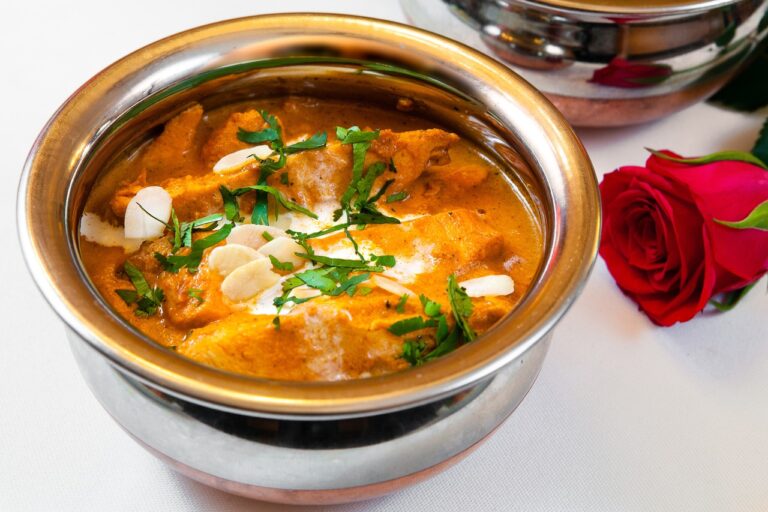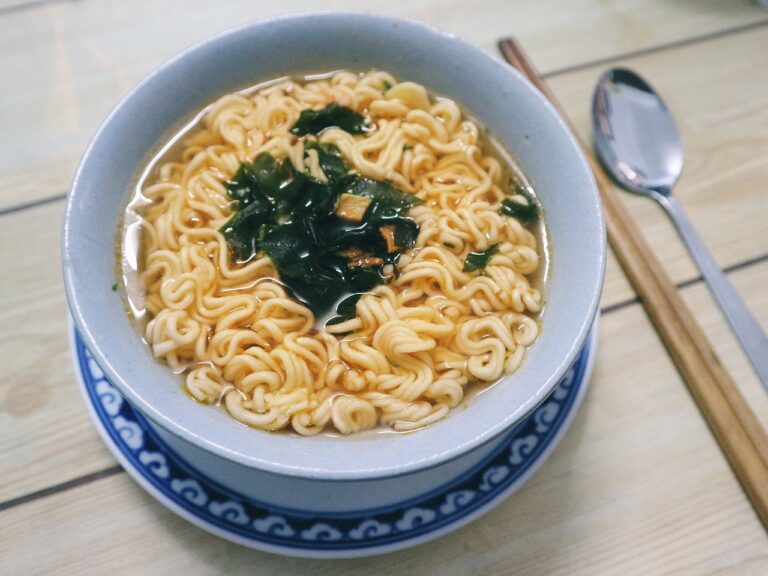Exploring the World of Specialty Coffees: From Bean to Cup
Specialty coffees offer a unique and diverse range of flavors that cater to different preferences and tastes. Each coffee bean is carefully selected and roasted to bring out its distinctive characteristics, providing a delightful sensory experience for coffee enthusiasts. From fruity and floral notes to rich and bold flavors, specialty coffees allow individuals to explore and appreciate the complexity of coffee in its purest form.
Moreover, specialty coffees are often sourced from sustainable and ethical practices, supporting local farmers and ensuring fair wages for their hard work. By choosing specialty coffees, consumers not only indulge in premium quality coffee but also contribute to the well-being of communities involved in the coffee production process. This social responsibility aspect adds an extra layer of satisfaction to enjoying a cup of specialty coffee, making it a truly rewarding experience from start to finish.
Different Varieties of Coffee Beans
When it comes to coffee beans, there is a wide range of varieties available worldwide. The two main types of coffee beans are Arabica and Robusta. Arabica beans are known for their smooth flavor and are often considered higher in quality. In contrast, Robusta beans have a stronger, more bitter taste and contain more caffeine.
Within the category of Arabica beans, there are many sub-varieties that are grown in different regions, such as Colombian, Ethiopian, and Kenyan. Each variety has its own unique flavor profile, influenced by factors like soil, climate, and altitude. On the other hand, Robusta beans are commonly used in espresso blends for their bold and earthy flavor.
• Arabica beans are known for their smooth flavor and higher quality
• Robusta beans have a stronger, more bitter taste and contain more caffeine
• Sub-varieties of Arabica beans include Colombian, Ethiopian, and Kenyan
• Each variety has its own unique flavor profile influenced by factors like soil, climate, and altitude
• Robusta beans are commonly used in espresso blends for their bold and earthy flavor
The Process of Roasting Coffee Beans
Roasting coffee beans is a crucial step in the journey from bean to cup. The process involves carefully applying heat to the green coffee beans until they undergo a series of chemical and physical transformations. These transformations bring out the complex flavors and aromatic compounds that define the characteristic profile of the final brew.
During roasting, the beans undergo changes in color, density, and moisture content. The heat application causes the beans to expand and release trapped carbon dioxide, leading to the development of their familiar bloom and aroma. Roasters use their expertise to determine the optimal roasting profile for each batch of beans, considering factors such as bean origin, size, and desired flavor profile.
What are the benefits of specialty coffees?
Specialty coffees are known for their higher quality and unique flavors compared to regular coffee. They are often sourced from specific regions and have been carefully roasted to bring out their best flavors.
What are some different varieties of coffee beans?
Some popular varieties of coffee beans include Arabica, Robusta, and Liberica. Each variety has its own distinctive flavor profile and characteristics that can influence the taste of the coffee.
Can you explain the process of roasting coffee beans?
The process of roasting coffee beans involves heating the beans at high temperatures to bring out their flavor and aroma. The beans are constantly monitored and agitated to ensure an even roast, and the roasting time can vary depending on the desired roast level.







